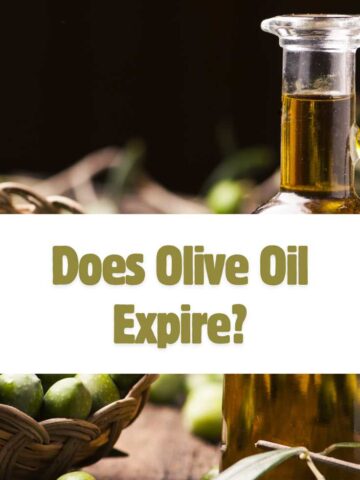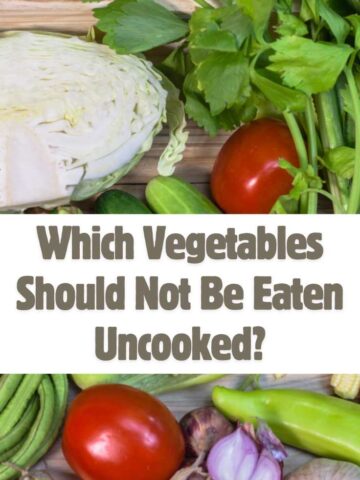You've definitely seen individuals eat the peels off of some fruits and veggies and thought it was improper, if not downright blasphemous. But what if I told you that they are really doing the right thing by doing so?
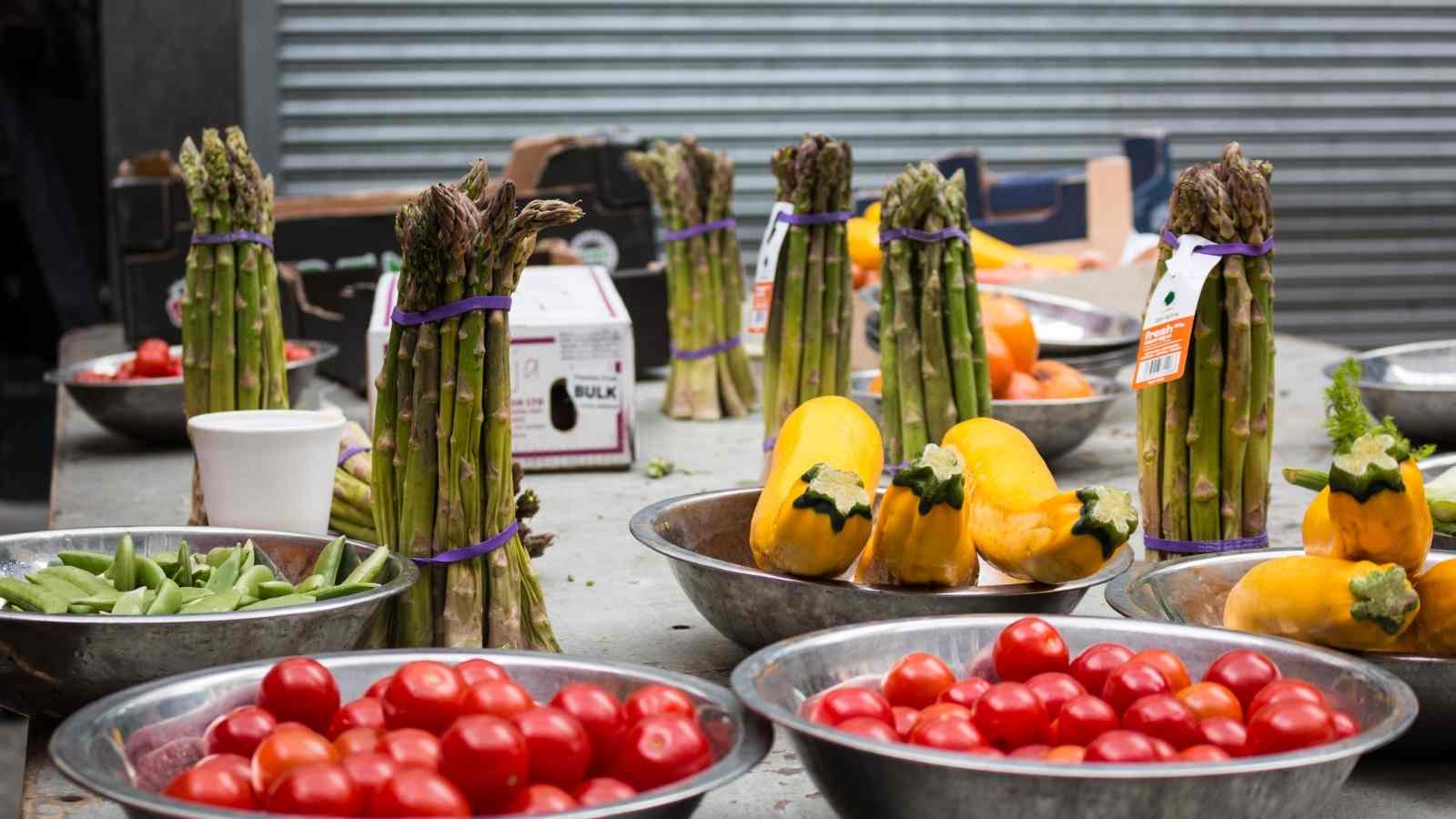
Eating the peels of fruits and vegetables opens up a whole new world of fibre and nutrients that the majority of people have never heard of before. By consuming the peel, you may reduce food waste while also increasing the nutritional value of your meal.
Jump to:
1. Mango
I usually eat the peels off of mangoes, and if anybody ever questions me about it, I just respond with the following information on how mango peels are really beneficial to your health.
In addition to vitamins A and C, mango peels also include dietary fibre and phytonutrients. Vitamin A is essential for maintaining a healthy immune system, while Vitamin C aids in wound healing. Iron and antioxidants are also found in abundance in the peels. The fibre aids in the mobilisation of the digestive tract as well as the regularity of bowel motions. Phytonutrients help to decrease cholesterol levels and lessen the chance of developing cancer. When all you have to do is consume the peel, it's a very good bargain.
2. Sweet Potato
By consuming the peel of your sweet potato, you are quickly increasing the amount of nutrients in your diet, including fibre, beta-carotene, vitamin C, vitamin E, folate, potassium, and iron, all of which are beneficial to your health. It's simply that sweet potatoes have such a rich taste that peeling them is a time-consuming task when there are so many advantages to keeping the skin on.
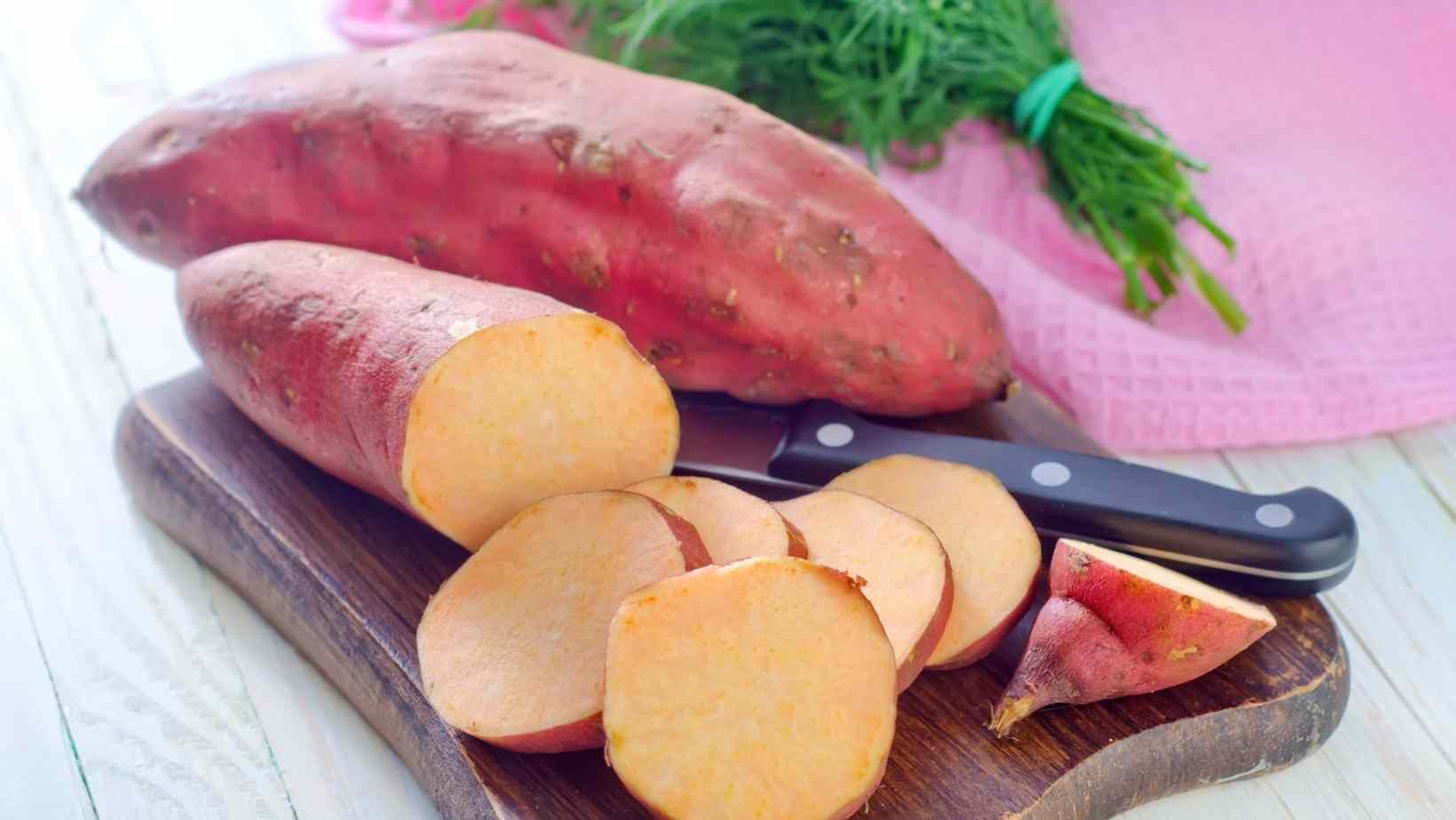
The antioxidant beta carotene contained in the peel is turned into Vitamin A in the body by the body's own enzymes. This conversion aids in the improvement of vision as well as the development of a strong immune system. The peel includes a significant amount of potassium (542 milligrammes), as well as being a good source of iron. Vitamins C and E are both antioxidants that help to protect the body against a wide range of ailments by strengthening the immune system.
3. Cucumber
Instead of spending the effort to peel a cucumber and end up with all these green strips, skip the peeling step the next time you're eating one. They may be eaten without being peeled, which saves time while also providing advantages such as an increase in Vitamin K and potassium levels, as well as fibre and being low in calories.
Vitamin K stimulates the production of proteins in your body, which are necessary for healthy bone maintenance, cell development, and the formation of blood clots. In addition, the peels are high in insoluble fibre, which is beneficial to the digestive system. Because it is nutritious and may assist you in reaching your fitness objectives, eating an unpeeled cucumber can also provide you with a guilt-free feeling.
4. Orange
When consumed with the skin, these citrus fruits provide even more nutritional value. There is also evidence that these orange peels might help to cleanse the lungs in certain cases. Orange peels are rich in antioxidants, natural histamine regulating chemicals, and flavonoids, all of which are beneficial to health.
Allergy sufferers may benefit from the use of these histamine suppressing substances. The rind also contains high levels of vitamin C and vitamin A, as well as enzymes, fibre, and pectin. Simply eating the orange with the peel on it is a natural approach to increase your immune system's strength. Although it is not to everyone's taste, there are ways to include the peel into smoothies or other dishes, if you so choose.
5. Lemon
When life hands you lemons, you not only sip the lemonade, but you also consume the peels. This delicious, fragrant citrus fruit also contains a number of health-promoting nutrients such as calcium, potassium, and vitamins A and C. In addition to lowering cholesterol levels and fighting cancer, lemon peel may boost bone health as well as dental health when used regularly.
The polyphenol flavonoids in the peels have the ability to reduce LDL cholesterol levels. The antioxidant vitamin C helps to keep blood arteries clean and reduces the risk of heart attack and stroke. Lemon peel includes the antioxidants limonene and salvestrol Q40, which are known to combat malignant cells. In addition to promoting bone health, the calcium found in the peel may help to reduce the risk of osteoarthritis, bone fractures and osteoporosis. The high concentration of Vitamin C in the diet helps to avoid tooth diseases and promote oral health.
6. Potato
Potato peels, believe it or not, can add to your daily vegetable intake if you cook them properly. Potassium, iron, and niacin are all found in the skins themselves. Potassium aids in the fueling of your metabolism and even the production of usable energy by your cells from the food you consume. Four potato skins, according to the Linus Pauling Institute, provide 628 milligrammes of potassium, which is 13 percent of the daily required potassium consumption.
The iron included in these potato peels aids in the maintenance of red blood cell activity, which is necessary for the transportation of oxygen throughout the body. Your iron intake is increased as a result of consuming the potato peels. Niacin, often known as Vitamin B-3, aids in the breakdown of nutrients for use as fuel.
Despite the fact that potato skins have several health advantages, it is best to avoid the high-fat, high-sodium form of potato skins served at restaurants. With the potato skin on or making a low-fat version of potato skins loaded with vegetables, you may indulge in a nutritious dinner without feeling guilty about your choices.
7. The kiwi
Kiwi peels are genuinely edible, despite the fact that they have a tough exterior. Allow me to explain: kiwi skins have a high concentration of fibre, folate, and Vitamin E. Listen up: According to research, the fibre in kiwis is associated with a decreased risk of heart disease, cancer, and diabetes. The ability to float is critical for cell growth and division. Vitamin E is a fat-soluble vitamin with antioxidant effects that is found in plants.
When compared to just scooping off the kiwi flesh, the eating of kiwi peels improves fibre intake by 50%, folate intake by 32%, and vitamin intake by 34%, respectively.
8. Eggplant
When trying to eat the skin of an eggplant, make sure it is a younger eggplant since the skin of a younger eggplant will not taste as bitter as the skin of an older eggplant. This is one of the situations in which younger is preferable in terms of yield.
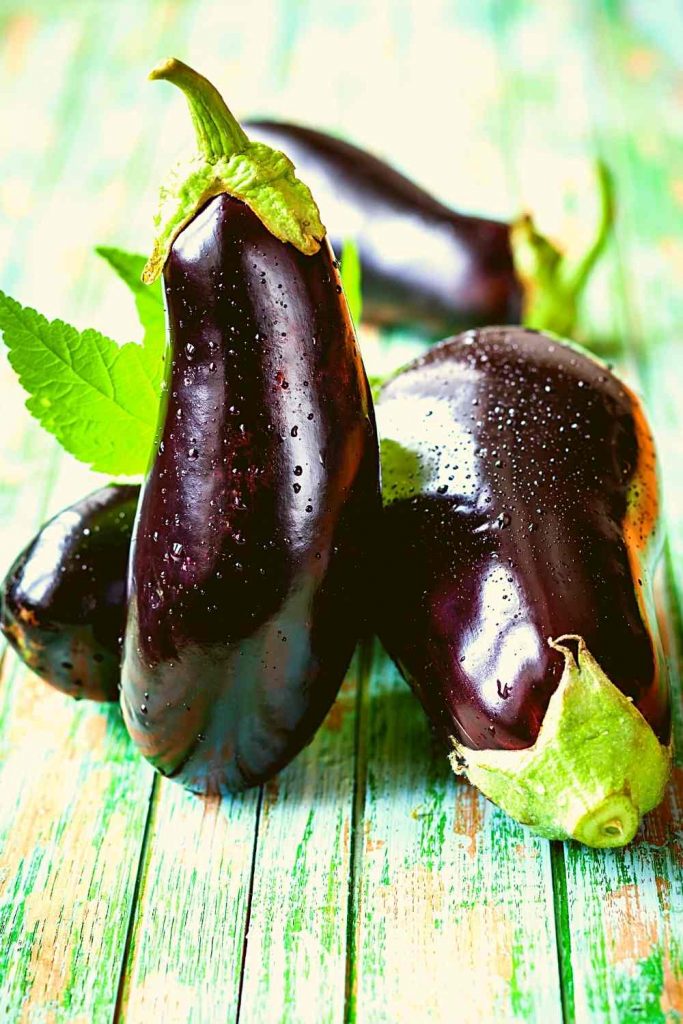
Eggplant peels are rich in fibre and low in calories, making them an excellent choice for a snack. By eating the skins, you may acquire extra fibre, which is beneficial for bowel movements, and you can save time by not having to peel them.
9. Banana
Eating a banana peel may seem strange at first, but it is really rather delicious. While bananas are sweet and delightful in smoothies, the peel is bitter, fibrous, and rather thick, yet it still contains a nutrient-dense combination of vitamins and minerals. Its nutritional advantages include an increase in your daily fibre intake, as well as an increase in vitamin C, vitamin B-6, vitamin B12, potassium, and magnesium intake.
Increased fibre is beneficial for digestion and reduces the chance of developing diabetes. When it comes to the immune system, vitamin C is essential, while vitamin B-6 assists the body in converting food into energy. Potassium promotes the development of cells and tissues throughout the body, while magnesium contributes to the creation of energy and the maintenance of normal blood pressure levels.
If you don't want to throw away the peels, you may combine them in smoothies, fry or bake them, or boil them in water to reduce the amount of organic waste that ends up in landfills. The peel becomes softer and simpler to chew as a result of this.
10. Watermelon
The rind of a watermelon is completely safe to consume. That's right, I said it. The fact that it has so many beneficial properties makes the prospect of eating the rind less frightening. Vitamin C, Vitamin A, Vitamin B6, potassium, and zinc are all abundant in high amounts in the rind of the fruit.
As an added bonus, watermelon rind may enhance skin care, boost immunity, decrease blood pressure, assist in weight reduction, and even aid in the safety of your pregnancy.
The lycopene and other flavonoids present in the rind of the tomato assist to reduce the appearance of wrinkles, blemishes, and age spots. The presence of high levels of potassium reduces the incidence of heart attacks and other cardiovascular illnesses. A serving of rind contains vitamin C, which helps to boost the development of white blood cells in the body, which aids in the fight against illness. Because it is high in fibre and promotes metabolism, this low-calorie snack may help you lose weight while also keeping you filled and satisfied. The natural sugars present in the rind of the fruit are beneficial for reducing morning sickness and swelling that might occur during pregnancy.
Adding watermelon rinds to smoothies or jams, or even cutting them into salads, may help you get more fibre into your daily diet.


